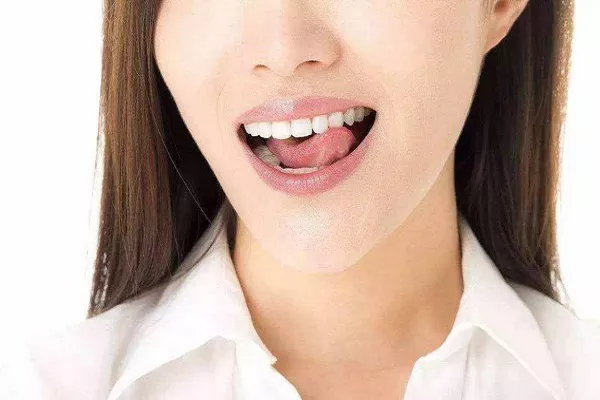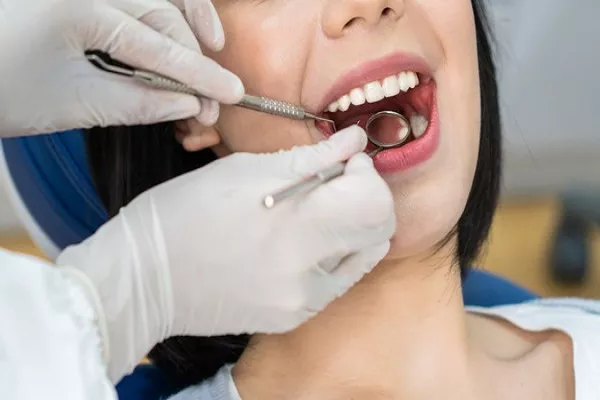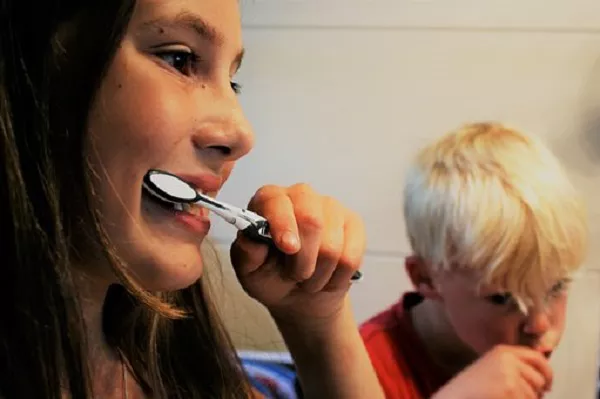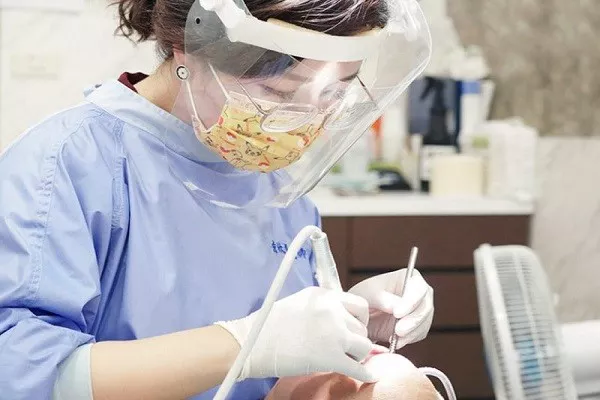Whitening strips are a popular at-home solution for brightening teeth. They are easily accessible and can be used conveniently at any time, making them a popular choice for those who want to improve the appearance of their teeth. However, some people wonder if it’s safe to use whitening strips every day. In this article, we’ll explore the safety concerns associated with using whitening strips on a daily basis, and explain why it’s important to use them correctly.
How do whitening strips work?
Whitening strips are a popular method of brightening teeth, and they are widely available for purchase over the counter or online. But how exactly do these strips work to improve the appearance of your teeth?
-
Chemical Reaction
Whitening strips contain a bleaching agent, typically hydrogen peroxide or carbamide peroxide. When the strip is placed on the teeth, the chemicals in the strip react with the surface of the teeth, breaking down stains and discoloration.
-
Peroxide Penetration
The peroxide in the whitening strips penetrates the enamel of the teeth, reaching the discolored molecules that are causing the stains. This process works by oxidizing these molecules, which breaks down the stains and lightens the teeth.
-
Hydrogen Peroxide
Hydrogen peroxide is a common active ingredient in whitening strips. This chemical is made up of hydrogen and oxygen molecules, and it is a powerful oxidizer. When it comes into contact with organic material, such as the molecules that cause tooth stains, it breaks them down and lightens their color.
-
Carbamide Peroxide
Carbamide peroxide is another active ingredient found in some whitening strips. This chemical is made up of hydrogen peroxide and urea, and it breaks down into hydrogen peroxide when it comes into contact with water. This makes it an effective bleaching agent for teeth.
-
Strip Adhesion
The adhesive on the strips is designed to hold the strip in place on the teeth, ensuring that the bleaching agent is in contact with the surface of the teeth for the entire duration of the treatment. This helps to ensure consistent results across all of the teeth.
-
Treatment Duration
The duration of treatment for whitening strips can vary depending on the brand and the strength of the bleaching agent. Generally, treatment periods last between 30 minutes to an hour, and are repeated for a set number of days. This is to ensure the teeth are gradually lightened and not damaged by prolonged exposure to the chemicals.
Risks of using whitening strips every day
Using whitening strips is a common method for achieving a brighter, more attractive smile. However, while it is tempting to use these strips every day in order to achieve faster results, doing so can actually be harmful to your teeth and overall oral health.
-
Tooth Sensitivity
Overuse of whitening strips can cause tooth sensitivity, which is often painful and uncomfortable. This happens because the strips contain harsh chemicals that can erode the enamel on your teeth, exposing the sensitive layer beneath. If you experience tooth sensitivity, you may need to stop using the strips altogether or switch to a gentler formula.
-
Gum Irritation
Using whitening strips too often can also lead to gum irritation. This occurs when the strips come into contact with the soft tissue around your teeth and cause inflammation or redness. If this happens, it’s best to take a break from using the strips and consult with your dentist to ensure there isn’t any permanent damage.
-
Uneven Results
While whitening strips can be effective at brightening your smile, using them every day can lead to uneven results. This is because the strips only whiten the areas they come into contact with, and if you use them too frequently, you may end up with a patchy or spotty appearance.
-
Weakened Enamel
Overuse of whitening strips can also weaken the enamel on your teeth, which can lead to more serious dental problems over time. This is because the chemicals in the strips can break down the protective layer of your teeth, leaving them vulnerable to decay, cavities, and other issues.
-
Risk of Overbleaching
Finally, using whitening strips every day can put you at risk of overbleaching your teeth. This occurs when you use the strips too frequently, causing your teeth to become unnaturally white and leaving them vulnerable to damage. Overbleaching can also make your teeth look fake or artificial, which can be a turn-off for some people.
Alternatives to using whitening strips every day
While whitening strips can be an effective way to brighten your teeth, using them every day can lead to potential risks such as tooth sensitivity and damage to the enamel. Fortunately, there are alternative methods to achieve a brighter smile that are both safe and effective.
-
Professional Teeth Whitening
The safest and most effective way to whiten your teeth is by visiting your dentist for a professional teeth whitening treatment. This procedure involves using a higher concentration of bleaching agents and takes about an hour to complete, leaving you with brighter and healthier-looking teeth.
-
Brushing with Baking Soda
Baking soda is a natural abrasive that can help to remove surface stains from your teeth, making them appear brighter. Mix baking soda with water to create a paste, and brush your teeth with it once a week.
-
Oil Pulling
Oil pulling involves swishing coconut or sesame oil around your mouth for 15-20 minutes a day. This technique can help to remove surface stains from your teeth while promoting overall oral health.
-
Whitening Toothpaste
Whitening toothpaste contains mild abrasives and polishing agents that can help to remove surface stains from your teeth. Look for toothpaste that contains fluoride and hydrogen peroxide for the best results.
-
Dental Cleanings
Regular dental cleanings can help to remove plaque and tartar buildup from your teeth, which can help to improve their appearance. Schedule cleanings with your dentist every six months for optimal results.
-
Limiting Staining Foods and Drinks
Certain foods and drinks, such as coffee, tea, and red wine, can stain your teeth over time. Limiting your intake of these foods and drinks can help to prevent further discoloration.
In conclusion, while using whitening strips can be an effective way to achieve a brighter smile, it is important to understand the potential risks associated with using them every day. Using hydrogen peroxide too frequently can lead to tooth sensitivity, gum irritation, and enamel damage. However, there are alternative teeth whitening methods that can be used, such as professional whitening treatments and natural remedies. Additionally, maintaining good oral hygiene habits such as brushing and flossing regularly can help to promote a healthy and white smile. It is important to strike a balance between cosmetic desires and dental health to ensure the best outcomes. Ultimately, it is recommended to consult with a dental professional to determine the appropriate use of whitening strips for individual needs.
Recommended article: Can teeth whitening strips damage teeth
































